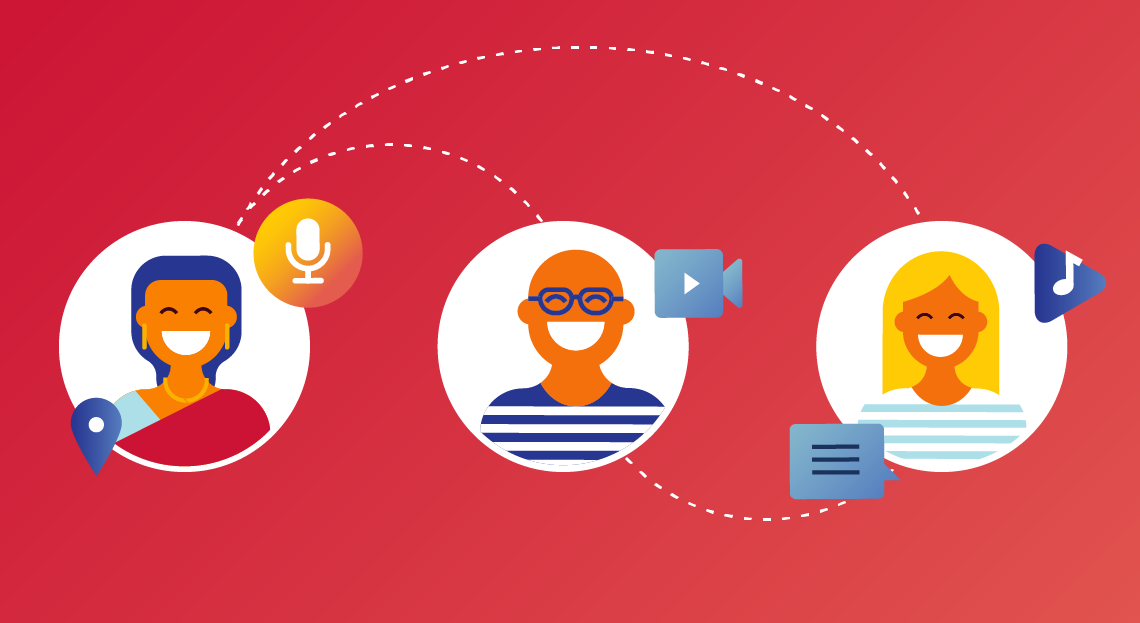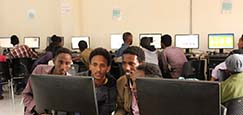- Virtual Programming Types
- Virtual Programming Resources
- Best Practices and Tips

American Spaces around the world conduct various types of programs using different digital tools. Below are some suggested types of virtual programming that are being run by American Spaces, and types of technology used. ECA/P/AS encourages posts to research the various platforms to determine the best way to conduct programming online in their locations.
Live Streaming: To reach a wide audience, American Spaces stream live video onto social media platforms. Software commonly used to host these programs includes Zoom, Google Meet/Hangout, Facebook, Instagram, StreamYard, Teams, and Open Broadcast Software. Below are examples of live-streamed virtual programs:
- Live streaming can include an expert in front of a screen with a presentation behind them, such as this presenter at the American Space (EMK Center) in Dhaka demonstrating to a virtual audience how to use Zoom.
- It can also be dynamic, such as this virtual concert from America House Kyiv, which reunited American Music Abroad musicians with students they had previously coached, and drew over 10,000 viewers online.
- Streamed panel discussions allow for a conversation among several speakers and can engage users through the comments section. In this webinar, @America in Jakarta hosted one of its most popular online events to date with health experts discussing COVID-19.
- Some American Spaces are increasing their reach by allowing artists and influencers to temporarily “take over” their social media platforms, such as American Center New Delhi’s weekly lunchtime concert series, #LiveOnline.
- American Spaces are also hosting watch parties streaming pre-recorded content. American Center Abidjan engaged participants during Jazz History Month using an Ella Fitzgerald concert.
Virtual Clubs and Courses: Serial programs, such as clubs and courses, can effect long-term behavioral change. American Spaces are moving such events online to continue to connect with their communities. For example, American Spaces in the Philippines have centralized online engagement, posting their webinars here. Many Spaces are continuing clubs online through conferencing platforms such as Teams, Zoom, and Google Hangout, and through lower bandwidth mobile apps such as WhatsApp and Facebook Messenger. Many Spaces conduct asynchronous courses on English and entrepreneurship through Moodle and Google Classroom respectively. Many Spaces host discussion sessions of a popular set of specialized English classes for entrepreneurs, STEM professionals, and journalists developed by ECA’s Office of English Language Programs. Finally, we strongly encourage American Spaces to work with their local EducationUSA advising centers to host virtual advising hours, as do the American Corners in Cameroon.
Live Text-based Chats: Text-based, real-time engagement allows audiences with lower bandwidth to participate. Examples include discussions of books or videos on mobile apps or quizzes on social media platforms. The EMK Center in Dhaka held several live quizzes that taught participants how to spot fake news.




